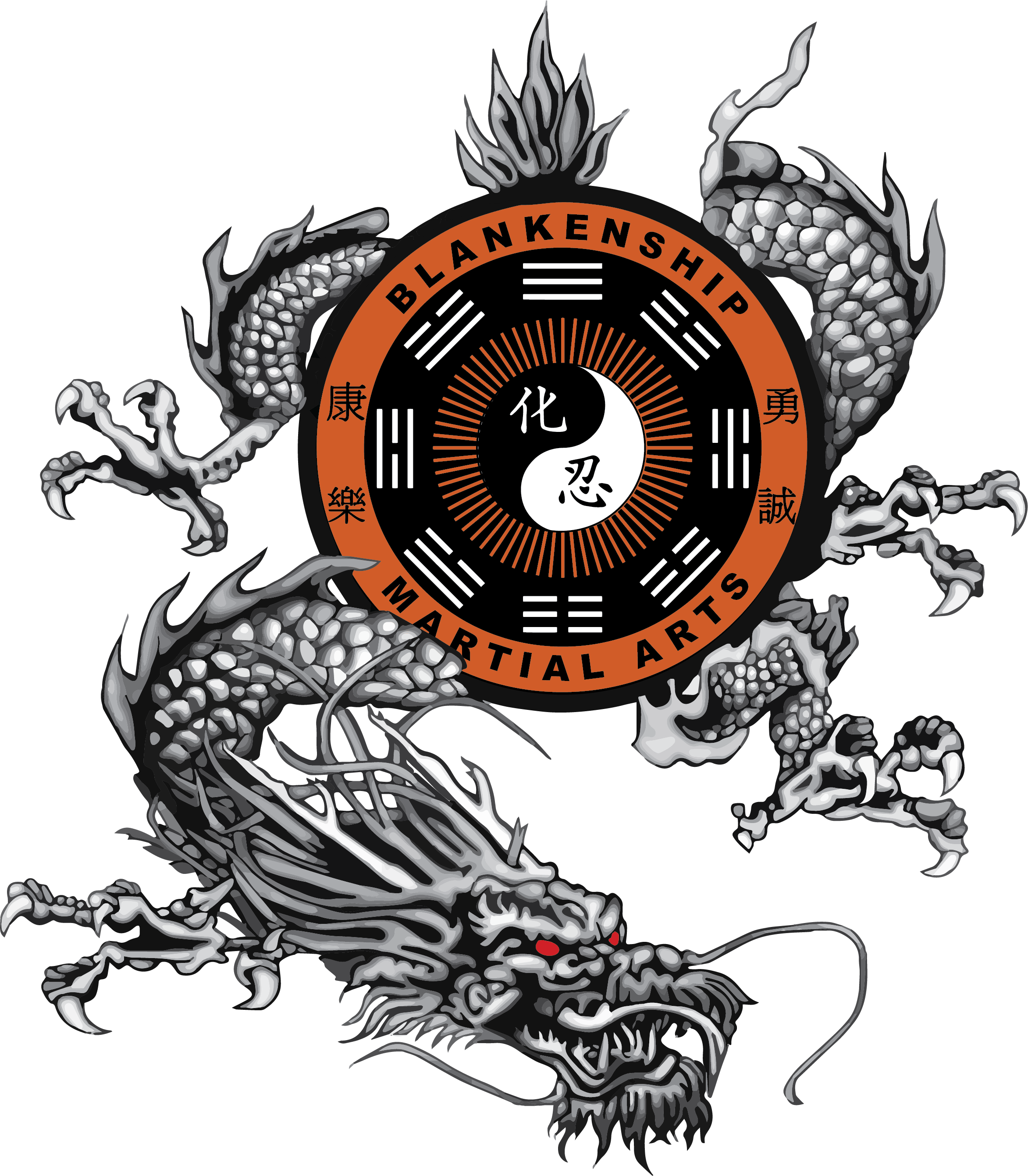History
Blankenship Martial Arts
Martial Art As Science  Martial Art As Philosophy
Martial Art As Philosophy
History
History
 Master Blankenship's martial arts training began in Japan in 1954 while living on the island of Kyushu. The first few years of his training were spent studying judo and jiujitsu, and he began studying karate his last year in Japan. The martial arts culture and the type of training he received branded him a traditionalist, so that when he returned to the United States, still a child, he was unable to find a school commensurate with his expectations.
Master Blankenship's martial arts training began in Japan in 1954 while living on the island of Kyushu. The first few years of his training were spent studying judo and jiujitsu, and he began studying karate his last year in Japan. The martial arts culture and the type of training he received branded him a traditionalist, so that when he returned to the United States, still a child, he was unable to find a school commensurate with his expectations.
The next sixty-four years were spent in study of a variety of disciplines: tai chi, hung gar, pekua, pakua, jiujitsu, tae kwon do, and Cha-yon ryu. While attending the University of Texas as an undergraduate, he visited Houston and went to all the martial arts schools there. He decided to live in Houston and to take private lessons from Pyung Soo Kim.
About four months into the training, he made the choice to return to Austin to complete a degree at the University of Texas and to devote his life to the study and teaching of martial arts.
In 1973, he started teaching informally in parks around Austin, but he soon thereafter accepted his first formal student and his school was established. He has been teaching continuously ever since, having taught more than five thousand formal students and many thousands more in a variety of seminars and practical self-defense programs.
He has studied with several instructors over the years, with his fondest memories being of his training with Pyung Soo Kim in tae kwon do, hapkido, and cha-yon ryu; with the late Wong Ark in tai chi and five animals kung fu; and with Wong Yu Chen in tai chi, pakua, hung gar, pekua, and sum yi chi kung.
He has been involved in a forty-five year comparative study of all types of martial arts styles, from which he has extracted a core set of technical principles that extend through the various open-hand, grappling, and weapons systems. From this study has developed a curriculum that constantly points students, from beginning to advanced levels, in virtually any style, toward technical excellence and superior skill.
To supplement his technical knowledge, he enrolled in a Ph.D. program at the University of Texas, so that he could pursue coursework in biomechanics, neuroanatomy/neurophysiology, motor learning, exercise physiology, and other related areas of exercise science and physical development. Rather than complete his doctorate and seek an academic career at the university level, his purpose was to become a competent researcher and to establish a base of scientific knowledge in his martial arts curriculum. A few years of academic courses in these areas of exercise science and physical development led to a teaching philosophy with equal emphasis on the science of movement and the practical efficiency of technique.
After teaching a sports club at the University of Texas and formal classes at several locations in Austin, in 1979, Master Blankenship decided to establish a permanent, professional training facility in Austin. The school at 2108 White Horse Trail in Austin has been offering classes six days weekly since that time.
Master Blankenship trains and teaches at the school daily, as he has in Austin since 1973. He either instructs or supervises all classes, and he conducts advanced clinics and seminars monthly for his senior ranking students and for instructors from other schools who wish to either enhance their own skills or to add parts to their own school curricula.
He believes that there should be a free flow of information among leaders of different schools and styles, and he advocates a tolerant and apolitical attitude for the enrichment and unification of the greater martial arts community. The curricula at Blankenship Martial Arts reflect a completeness, openness, and dynamism which continually propel them to the forefront of martial arts research and practice.
Although Master Blankenship has trained for about sixty-four years and taught for about forty-five, he still believes in seeking knowledge from others so he maintains close relationships with even more senior practitioners around the world with whom he exchanges information as well as receives instruction. He believes that the process of mastery never ends, and that perseverance, freedom, and egolessness in the search are the guarantees that the path for both the teacher and his student will remain true.
